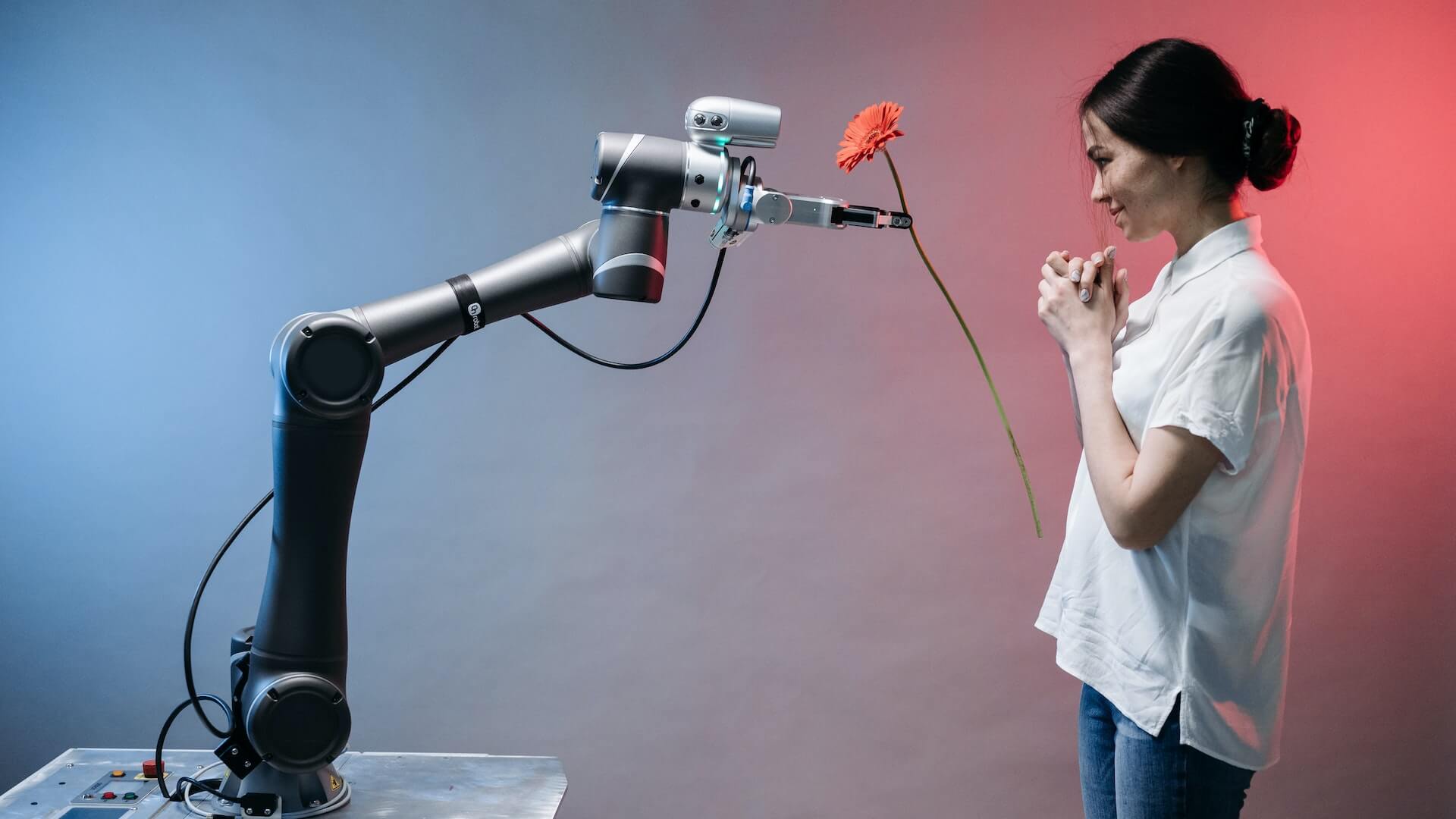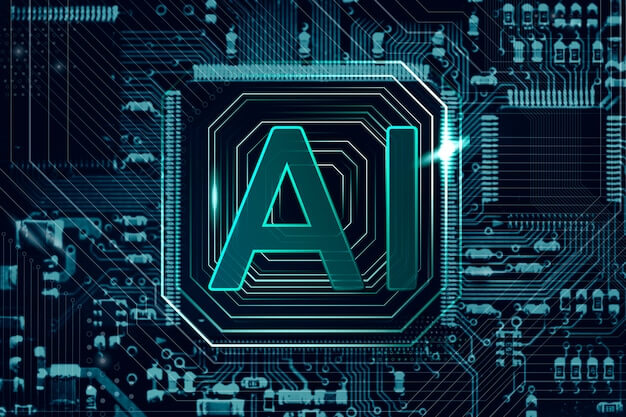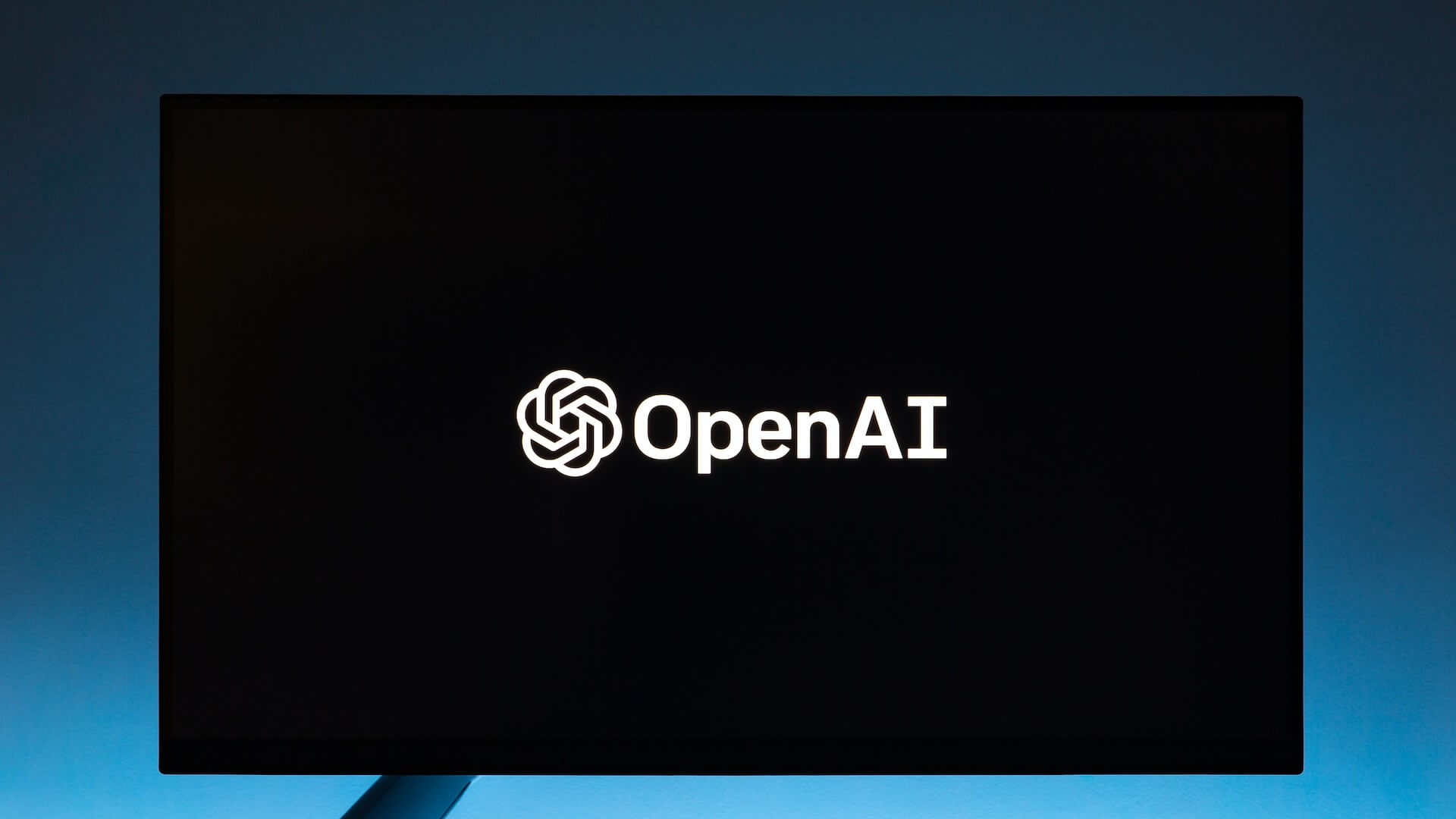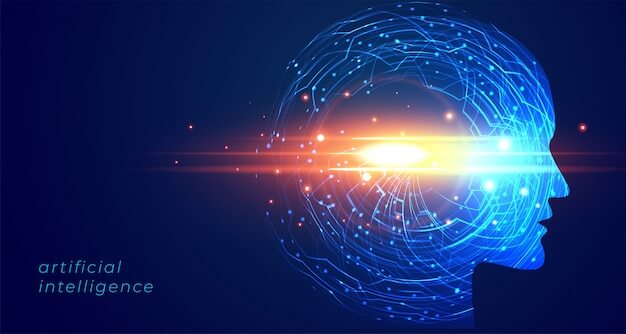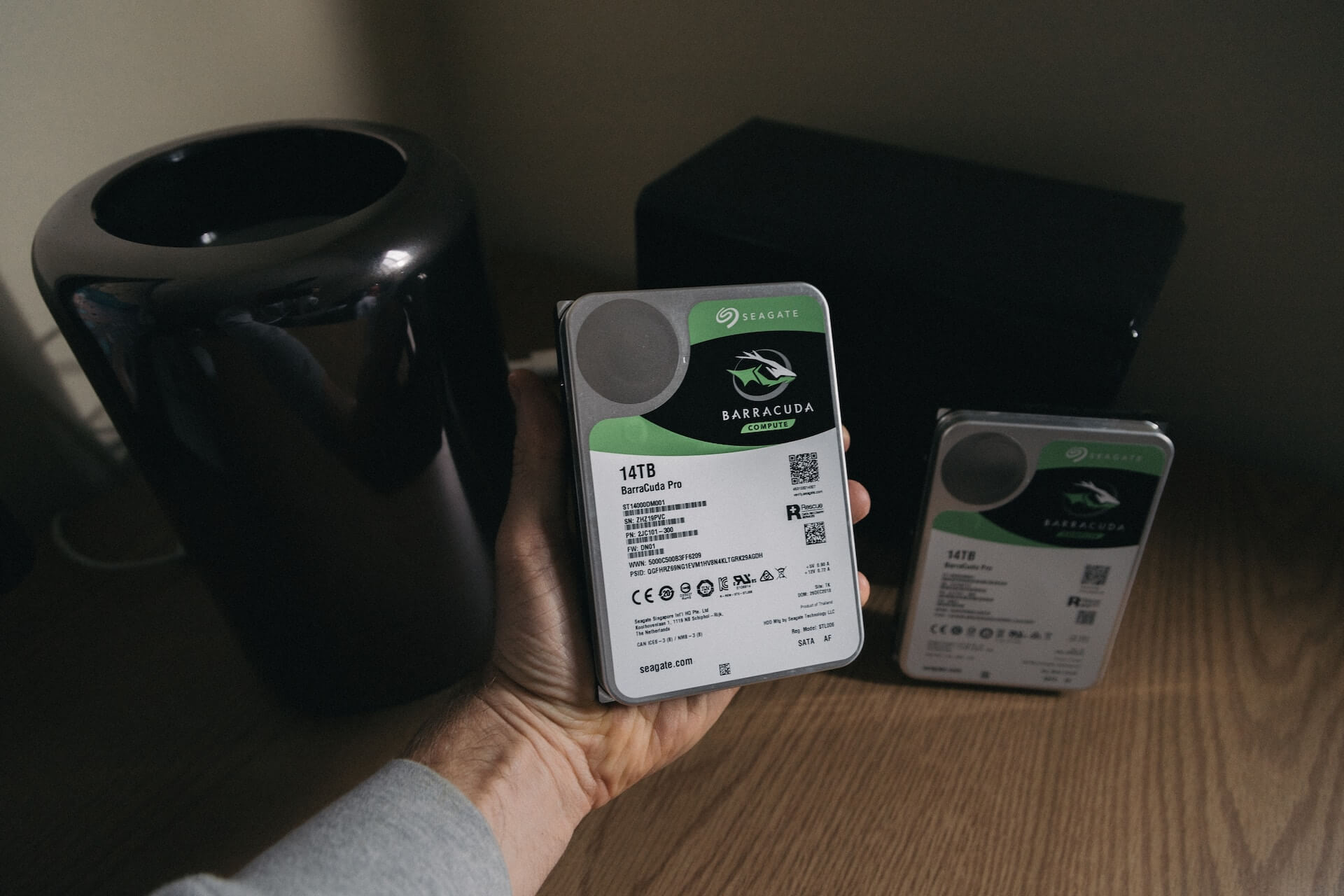May 15, 2025
Neuro AI is a new discipline, which aims to promote the development of AI technology by studying human brain, and use AI to better study human brain. One of the core tools of neural AI is to use artificial neural networks to create computer models of specific brain functions. This method began in 2014, when researchers at MIT and Columbia University found that deep artificial neural networks could explain the reaction process of the brain's object recognition region, the infratemporal cortex (IT). So they introduced a basic experimental method: comparing the artificial neural network with the brain. Then repeatedly and iteratively test various brain reaction processes: shape recognition, motion processing, speech processing, arm control, spatial memory, etc., and establish corresponding brain processing models for each reaction.

